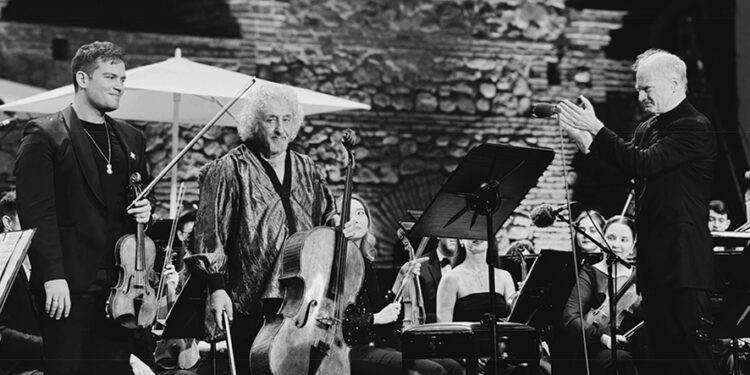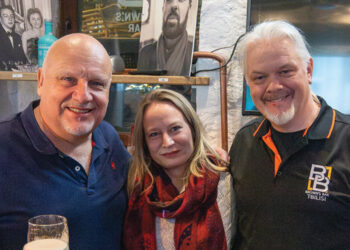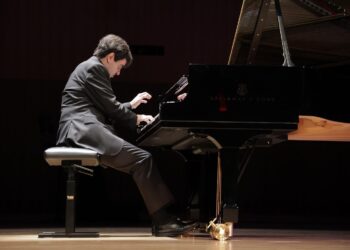Tsinandali has always been a house of paradoxes: a Georgian estate whose 19th-century salons now transformed into a festival laboratory where Europe’s most canonical music is heard against the unpredictable acoustics of the Caucasian outdoors. The festival’s seventh edition opened this September with its characteristic tension between control and chance. The Chamber Music Hall offers an almost Platonic ideal of sound—polished, balanced, a space in which every detail of articulation can be weighed.
The Amphitheatre, by contrast, is a wager: it throws Beethoven, Brahms, or Shostakovich against birdsong, thunderclaps, barking dogs, or the heavy wind through vines. This dialectic has become the festival’s signature ideology. Music here is not enclosed in cultural insulation. It is porous, contingent, exposed.
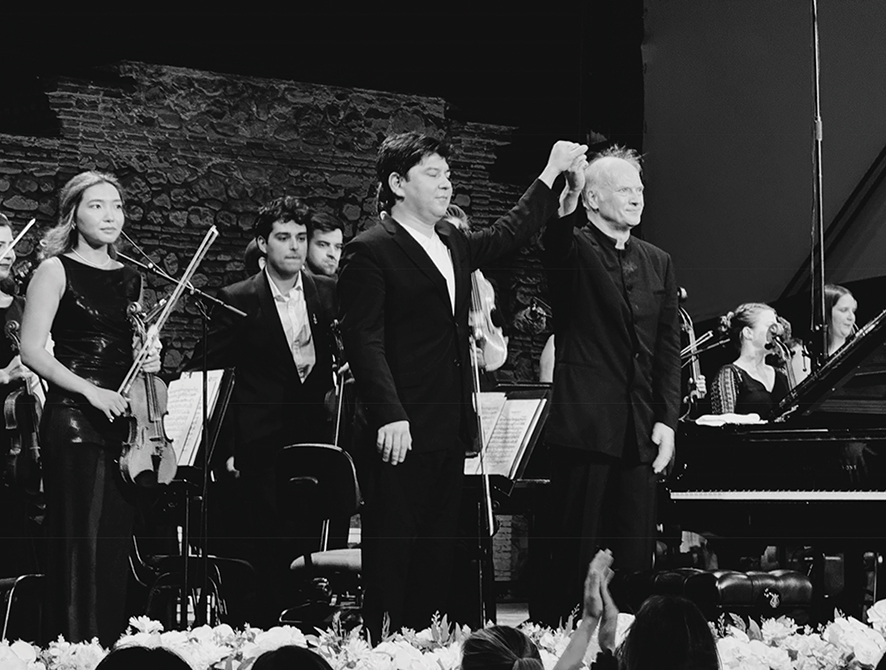
The First Night
The opening program demanded monumentality: Tchaikovsky’s First Piano Concerto, followed by Shostakovich’s Fifth Symphony.
Behzod Abduraimov, whose reputation rests on a fusion of steel technique and combustible temperament, approached the concerto with less brute force than many expect. His opening chords, less hammer blows than granite pillars, prepared a narrative where Tchaikovsky’s lyrical melancholy outweighed sheer bravura. The second movement became a suspended aria—its dialogue with woodwinds stretched like a moment of breath before collapse. In the finale, Abduraimov unleashed his trademark percussive articulation, but always framed by Gianandrea Noseda’s pacing of the Pan-Caucasian Youth Orchestra: accelerations never tipped into chaos, climaxes built like architecture.
Harmony in this concerto depends on the tension between B-flat minor and the triumphant shifts to D-flat major—Abduraimov underlined the instability, never letting cadences settle. This sense of precarious balance resonated with the Amphitheatre setting itself, where wind carried fragments of the piano line into the night.
If Abduraimov sculpted fragility, Shostakovich’s Fifth detonated it. Noseda drove the Youth Orchestra with a sharp-edged energy, exposing the symphony’s structural obsession: the interval of the falling second, repeated obsessively as if marking the tread of fate. In the notorious finale, the outdoor acoustic turned political ambiguity into elemental drama. The brass blazed, but the surrounding night answered: a chorus of dogs barking in counter-rhythm to the militaristic coda. What in Moscow 1937 had been terror veiled in triumphalism here became almost grotesque, the intrusion of the real into the staged.
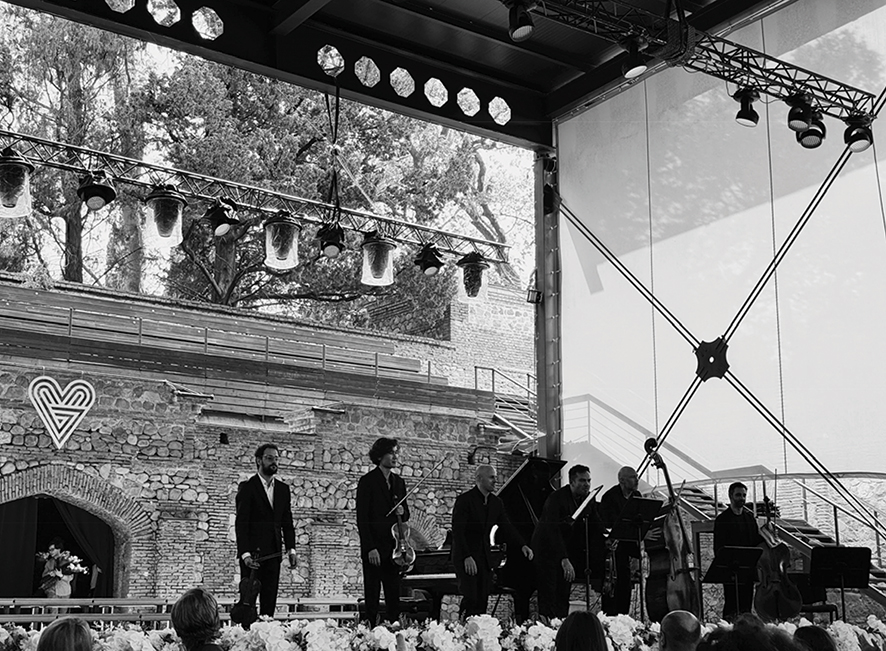
Chamber Experiments In Open-Air
The next morning’s concert offered a different register: chamber intimacy in the Amphitheatre, always at risk of dispersal into the air.
Dvorák’s Bagatelles emerged as delicate Czech folk miniatures, yet their charm was tested by the wind, which carried away quiet cadences almost before they landed. Rossini’s Duet for Cello and Double Bass became a sly theatrical exchange, cellist Pablo Ferrández leaning into operatic flourish while bassist Brendan Kane parried with earthy retorts. Prokofiev’s Sonata for Two Violins revealed the cruel logic of counterpoint stripped of harmonic support: dissonant clashes, sudden consonances, the two lines circling each other like adversaries.
The harmonic sharpness of Shostakovich’s Duets for violin and piano gave the program its final sting—ironic domestic miniatures that parody salon entertainment. Heard outdoors, their brittle sarcasm dissolved into air, as if mocking the very idea of permanence.
Where the noon concert embodied fragility, Nikolai Lugansky’s evening recital embodied monumentality. Beethoven’s Tempest Sonata unfolded with structural inevitability: the rolling arpeggios of the first movement became tidal surges, harmonic instability resolved into fateful cadences. Schumann’s Carnaval Scenes from Vienna revealed Lugansky’s control of fleeting character sketches—waltz rhythm refracted through irony and nostalgia.
Yet it was in the Wagner–Liszt transcriptions that the Amphitheatre became uncanny. Isolde’s Liebestod, stripped of orchestral weight, condensed into piano sonority, rang into the night air like a prayer dissipating into sky. Liszt’s Legend No. 2—St. Francis of Paola walking on water—acquired additional metaphysical resonance when gusts of wind brushed across the stage. Here, transcendence was both metaphorical and literal.
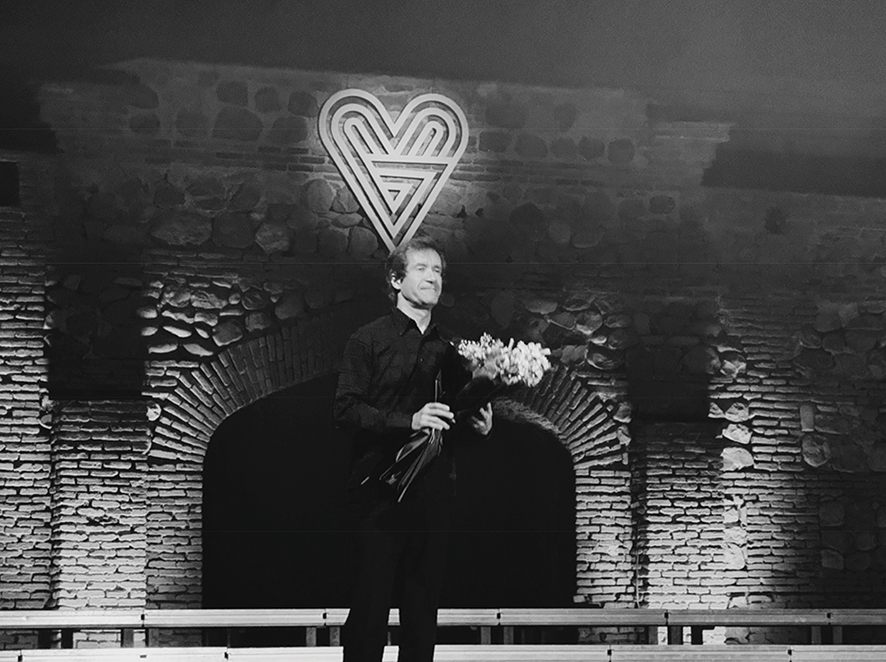
Chamber as Sanctuary
On Saturday, Marc Bouchkov and Julien Quentin offered a morning recital in the Chamber Hall—an immediate relief after the exposure of the Amphitheatre. Prokofiev’s Five Melodies floated with crystalline clarity, Debussy’s Violin Sonata pulsed with dissolving harmonies, Franck’s Sonata in A Major achieved its rapturous apotheosis with burnished balance. Indoors, one could trace every modulation, every chromatic inflection, with surgical precision.
That evening, Sir András Schiff embodied the festival’s pedagogical soul. His program, traversing Bach to Beethoven, was less recital than philosophical lecture. Bach’s counterpoint clarified the logic of voices, Haydn’s wit highlighted symmetry, Mozart’s songfulness provided equilibrium, Beethoven opened the abyss. Schiff’s style is neither showmanship nor mysticism: it is the cultivation of listening itself. In his hands, the Chamber Hall became a temporary republic of reason.
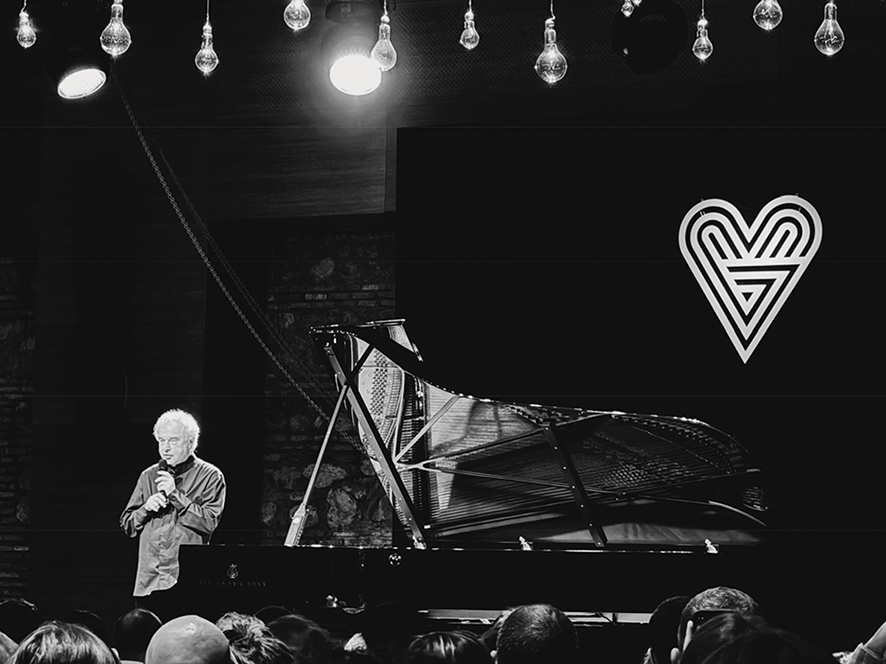
Storm Over the Kreutzer
Sunday morning brought the most unforgettable moment: Daniel Lozakovich and Behzod Abduraimov’s performance of Beethoven’s Kreutzer Sonata under a storm. The opening A Major chords, already violent in their registral contrasts, became duels not only between violin and piano but with the sky itself. As the storm gathered, the second movement’s theme-and-variations sounded like fragile civility, repeatedly threatened by interruption. In the finale, the storm broke: lightning, thunder, and torrential rain engulfed the sonata’s perpetual-motion frenzy. Instead of undermining the music, it exalted it—the Romantic ideal of music as combat with fate staged in real time.
That evening, the orchestra returned with Brahms’s Double Concerto and Beethoven’s Fifth. Maisky’s cello voice rasped against Bouchkov’s wiry violin tone, their dialogue less harmonious than dialectical, embodying Brahms’s late style—autumnal, argumentative, unwilling to settle.
Beethoven’s Fifth under Noseda was driven, clenched, its motivic obsession hammered with ruthless logic. Outdoors, the four-note fate motif seemed to echo not only within the orchestra but in the environment itself: the insistent barking of dogs as if mocking, or amplifying, the terror. The Amphitheatre made the symphony stranger, more uncanny, less a museum piece than a ritual confrontation.
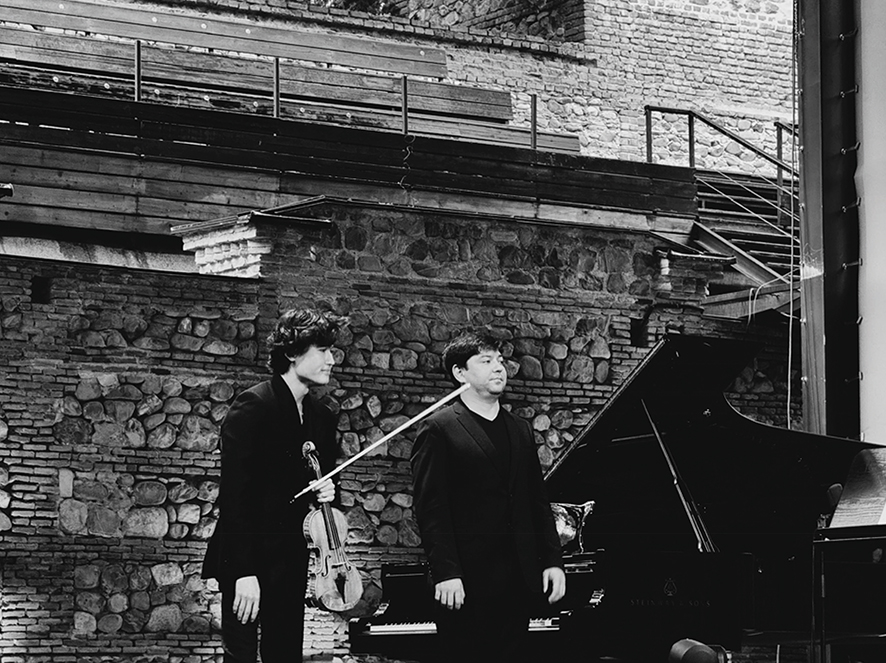
Music as Risk
The Tsinandali Festival’s seventh edition, at least in its opening days, proved once again that its core ideology is risk. Risk of weather, risk of imperfection, risk of intrusion. The Chamber Hall provides the safety net, but the Amphitheatre is the soul: music exposed to contingency, forced into dialogue with nature, animals, storms, and silence.
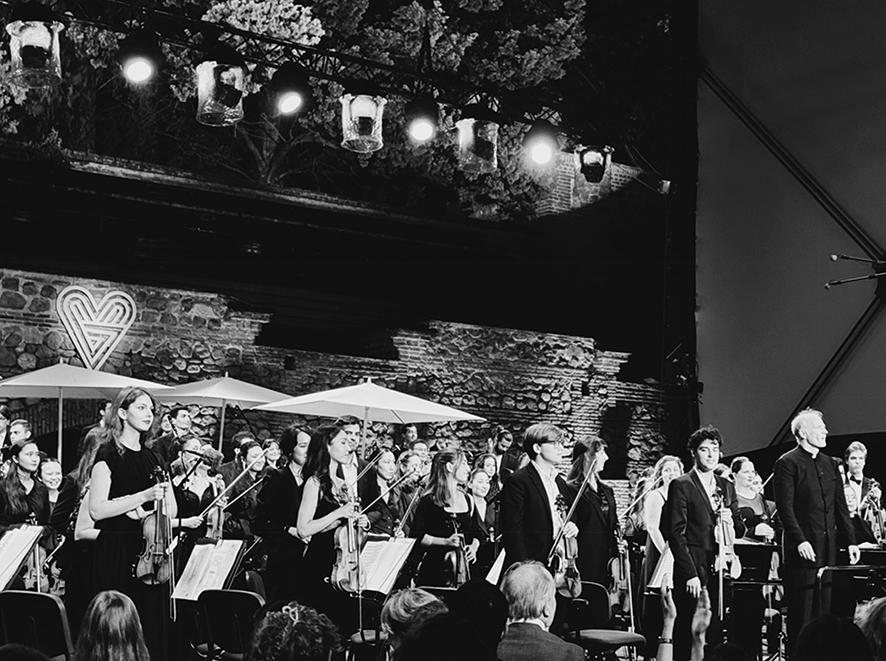
In an era when concert life everywhere trends toward predictability, Tsinandali wagers on volatility. Here, Beethoven can be drowned in rain, Shostakovich punctuated by barking, Liszt brushed by wind. And precisely for that reason, music here feels less like repertoire and more like encounter—an event that happens once and then vanishes, absorbed back into the night of the magical Alazani valley.
Review by Ivan Nechaev

